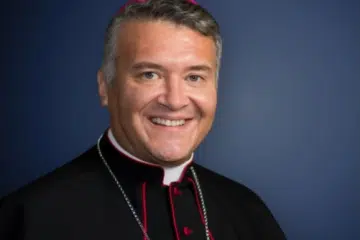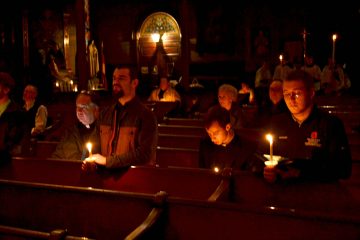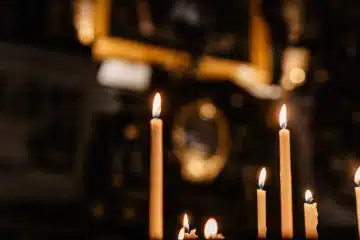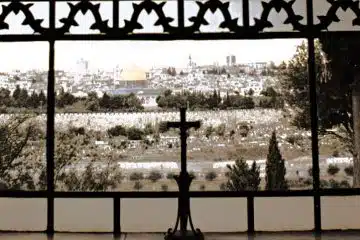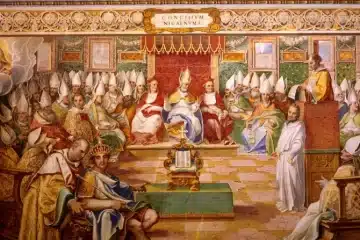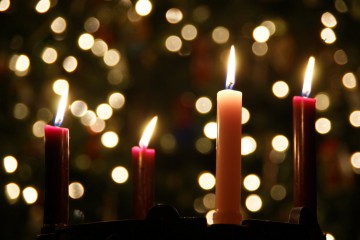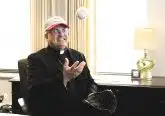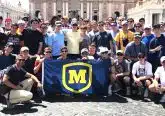Electing a pope: Your guide to before, during and after the conclave
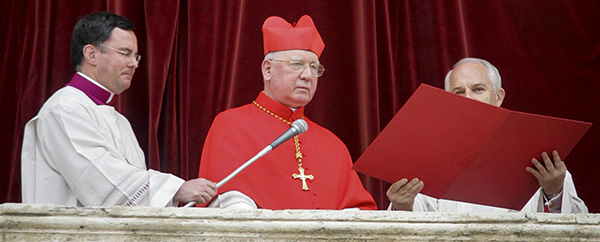
By Greg Hartman & John Stegeman The Catholic Telegraph
The conclave starts Tuesday, and a more detailed schedule of the events has become available. Here is a guide to what happens now, before, during and after the conclave. All times listed are Rome local time with Eastern Daylight Time listed in parenthesis.
Before…

The Mass for the election of the new pope will take place Tuesday at 10 a.m. (5 a.m. EDT)
The 115 cardinal electors will likely then head to the Domus Sanctae Marthae (St. Martha House), where they will live during the conclave.
Around 3:45 p.m. (10:45 EDT) the cardinals will head over to the Vatican. They will process from the Pauline Chapel to the Sistine Chapel, pray vespers and officially enter the conclave at 5 p.m. (Noon EDT)
There will be a small staff of people to assist the cardinals (cooks to prepare meals, priests to hear confession, etc.). No one else from the outside world will be permitted into the conclave, and Cardinals cannot leave. All take a vow of secrecy.
During…
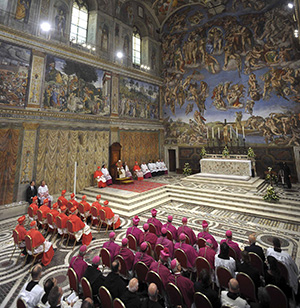
There should be one vote the first day, though the Vatican has said this first vote is optional. If there is a vote the first day, the first smoke signal (black for no pope, white for a winner) could be seen by 8 p.m. (3 p.m. EDT)
If that balloting is unsuccessful — no candidate reaches the 2/3 votes needed for election — after celebrating morning mass and a mid-morning prayer, two votes are taken in the morning and two are taken in the afternoon each following day. The two morning or two afternoon ballots are burned together, so there are only two smoke signals a day.
Beginning Wednesday, smoke would be expected at about noon and again about 7 p.m. (2 p.m. EDT)
After…

When the 2/3 majority vote is reached, after a white smoke signal, the bells of St. Peter’s Basilica will ring. It takes about 40-45 minutes before the announcement of the name of the candidate who won. He must accept the office, change to white vestments, pray alone in the Pauline Chapel, and the cardinals pledge their obedience and pray again.
The new pope will be announced to the world with the familiar cry of “Habemus Papam,” which means, “We have a pope.” French Cardinal Jean-Louis Tauran, the top-ranked cardinal-deacon, will say, in Latin, “I announce to you a great joy. We have a pope: His most Eminent and Reverend Lordship, Lord …” followed by the Latin version of the chosen cardinal’s first name.
Then, still in Latin, he will announce the name the new pope has taken. His Holiness Benedict XVI, Pope Emeritus, was then Cardinal Joseph Ratzinger. He took the name Benedict to honor the patron saint of Europe.
The new pope will then step onto the balcony overlooking St. Peter’s Square and deliver his first address. The speech is called “Urbi et orbi,” which is Latin for “To the city, and the world,” highlighting the pope’s place as both Bishop of Rome and Supreme Pontiff of the universal Church.
In the case of the soon-to-be-elected next pope, he will then be off for a hectic schedule as the events of Holy Week and Easter are right around the corner.
Information from the Catholic News Service was used in this report.



